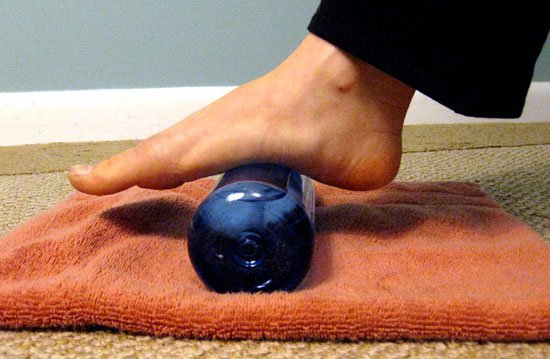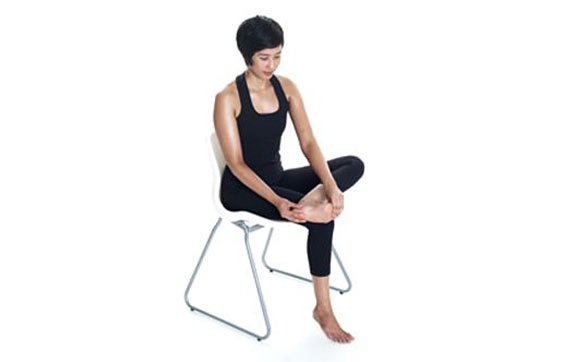Plantar fasciitis may not be a term you hear every day, but it is important when it comes to foot health. According to Healthline, more than 50% of people in the United States alone suffer from foot pain, and that pain is most commonly associated with damage to the plantar fascia, a thin ligament that connects the heel to the forefoot. This condition is called plantar fasciitis. Read on for ways you can prevent this disease and ways to treat it at home.

Plantar fasciitis prevention and treatment at home
Repetitive movements and weight gain are usually the main culprits when a person develops plantar fasciitis. The condition is common among athletes, pregnant women and those whose work requires long periods of standing up because of the constant movement and added pressure, leading to inflammation and pain. However, you can take some steps to prevent and treat plantar fasciitis.
How to treat plantar fasciitis
Generally speaking, the best thing you can do if you suffer from plantar fasciitis to effectively incorporate stretches that will help loosen the tight muscles that aggravate this condition.
Seated exercises
Exercises done in a sitting position are both practical and accessible for most people. Check out the following seated stretching exercises:
1. Roll your foot over a bottle of water or a similarly shaped object for one minute per foot.

2. Cross one leg over the other and stretch your big toe back. Hold this position for 15 seconds, release, and repeat three more times before alternating with the other foot.

3. Use a folded towel to mimic a resistance band. Place the towel under the arch of your foot and gently pull up so that the foot stretches back toward you. Hold for 15 to 30 seconds and repeat three times.

Calf stretches
Stretching your calves well can also promote healthy heels. Simply extend your leg in a motion similar to a kick and hold the position for 30 seconds. Repeat three times per leg.
Prevention of plantar fasciitis
Stretching also works as a preventive for plantar fasciitis, but there are other considerations as well. Consider the following suggestions:
Maintain a healthy weight
A healthy weight will ensure you are not putting unnecessary pressure on your body, especially your feet.
Exercise regularly
Regular exercise will help your body stay at a healthy weight and keep your muscles and joints properly stretched. This will reduce the chances of the ligaments in the feet becoming too tight.
Ensure adequate support
The right shoes are important. Proper support means that your feet are kept in a safe position. Going barefoot or in poorly constructed shoes places stress on your heels and feet.
Take it easy
You should always try to take it easy on your feet. Let your feet rest, and switch between activities so that your heels and feet are not being subjected to repetitive movements for an extended period of time.
Start slowly
Always take time to warm up your body before exercise or other physical activity. Starting off with strenuous movements can lead to injury.
Your feet are a very important health issue. If you suspect you are suffering from plantar fasciitis, do not ignore it. Always consult your doctor before changing your diet or exercise plan.
